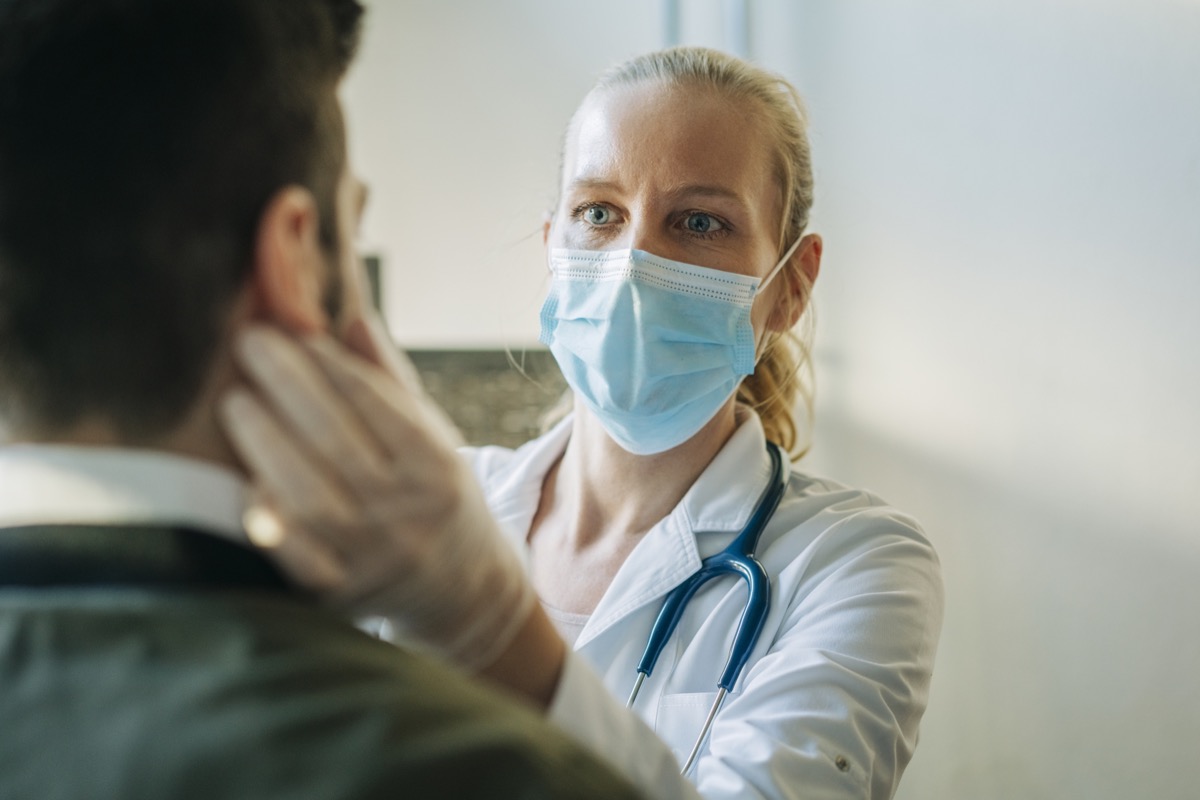The research, which was published in the Centers for Disease Control and Prevention’s (CDC) Morbidity and Mortality Weekly Report, focused on a set of patients infected with COVID-19 in North Carolina during a period of “high incidence” of the disease in June and July, during which cases increased 183 percent. Results found that 48 percent of those who had tested positive in Mecklenburg County reported no contacts whatsoever and that 25 percent of those who were reported were unable to be reached. The study also cited another important finding: The median interval of time between patients first testing positive and successfully notifying those they had been in contact with was six days. The failure to implement proper contact tracing is not limited to just one state, either: The researchers also point out that in Maryland and New Jersey, 50 percent and 52 percent of reported cases respectively reported no contacts. “Despite aggressive efforts by health departments, many COVID-19 patients do not report contacts, and many contacts cannot be reached,” the study authors concluded. “Improved timeliness of contact tracing, community engagement, and community-wide mitigation are needed to reduce SARS-CoV-2 transmission.” The researchers are not alone in their belief that speed and efficiency are key in making contact tracing a useful tool. A study published in the medical journal The Lancet in July analyzed the effectiveness of contact tracing and turnaround time in alerting potentially infected patients. The researchers found that “optimizing testing and tracing coverage and minimizing tracing delays, for instance with app-based technology, further enhanced contact tracing effectiveness, with the potential to prevent up to 80 percent of all transmissions.” RELATED: For more up-to-date information, sign up for our daily newsletter. The use of app-based contact tracing hit significant early roadblocks in the United States compared to other countries. But a recent re-release of software known as Exposure Notification Express by Apple and Google was put in to use by public health officials in Maryland, Nevada, Virginia, and Washington, D.C. “I would say this is an improvement,” Jeffrey Kahn, director of the Johns Hopkins Berman Institute of Bioethics, told The Washington Post. “It’s still not probably serving all the interests that public health would want, but it’s better than nothing.” And for more on places where contact tracing could come in handy, check out These Are the States Where COVID Cases Are Skyrocketing.
